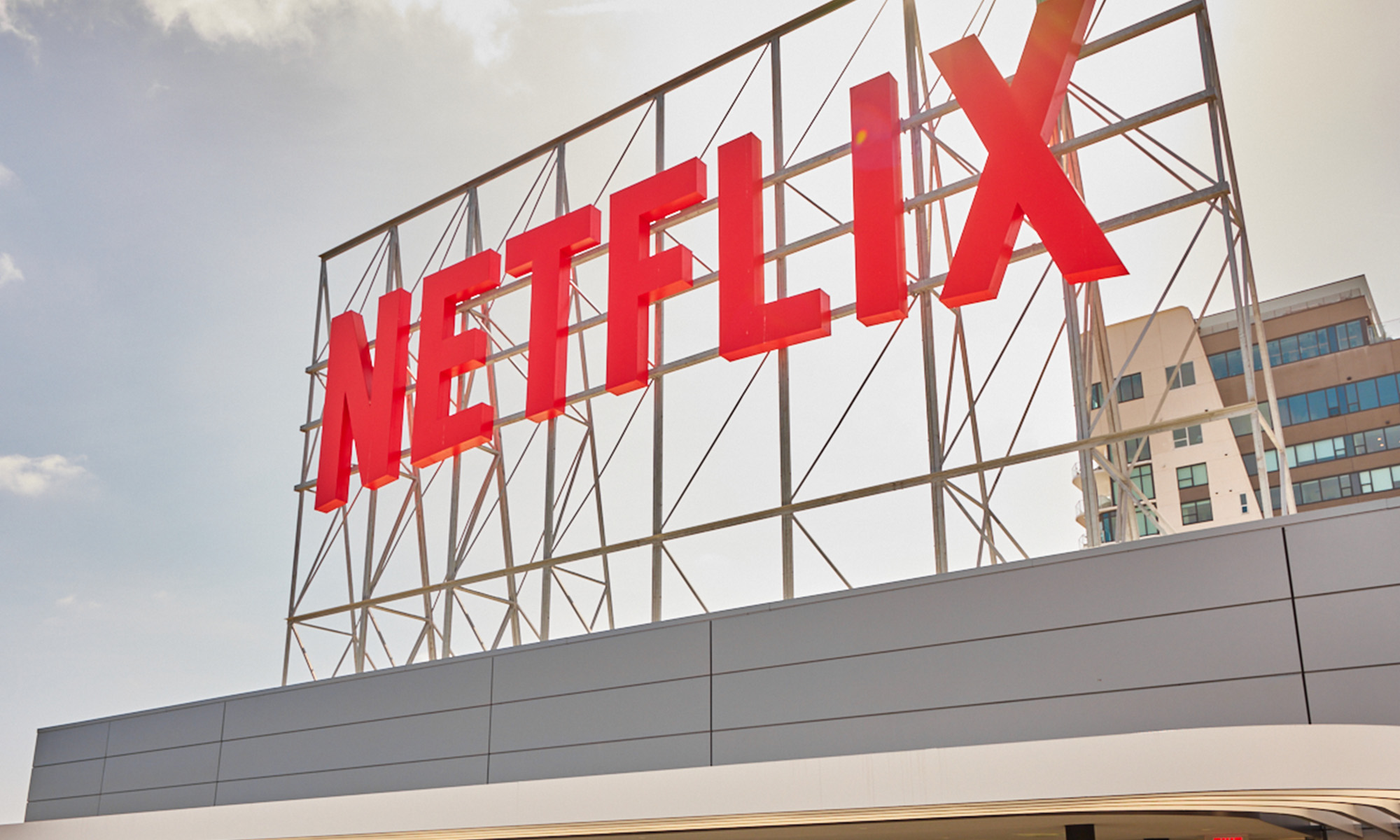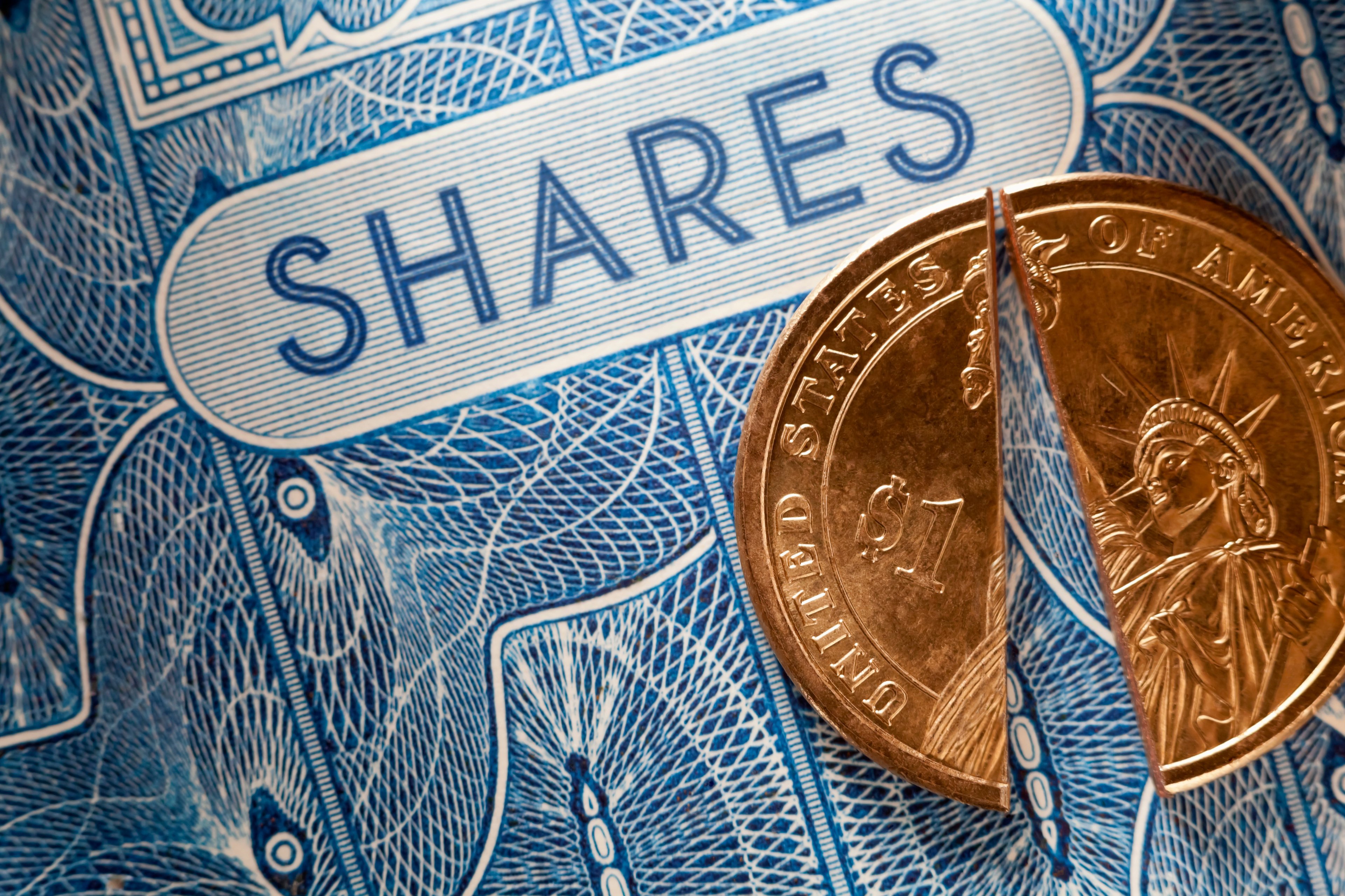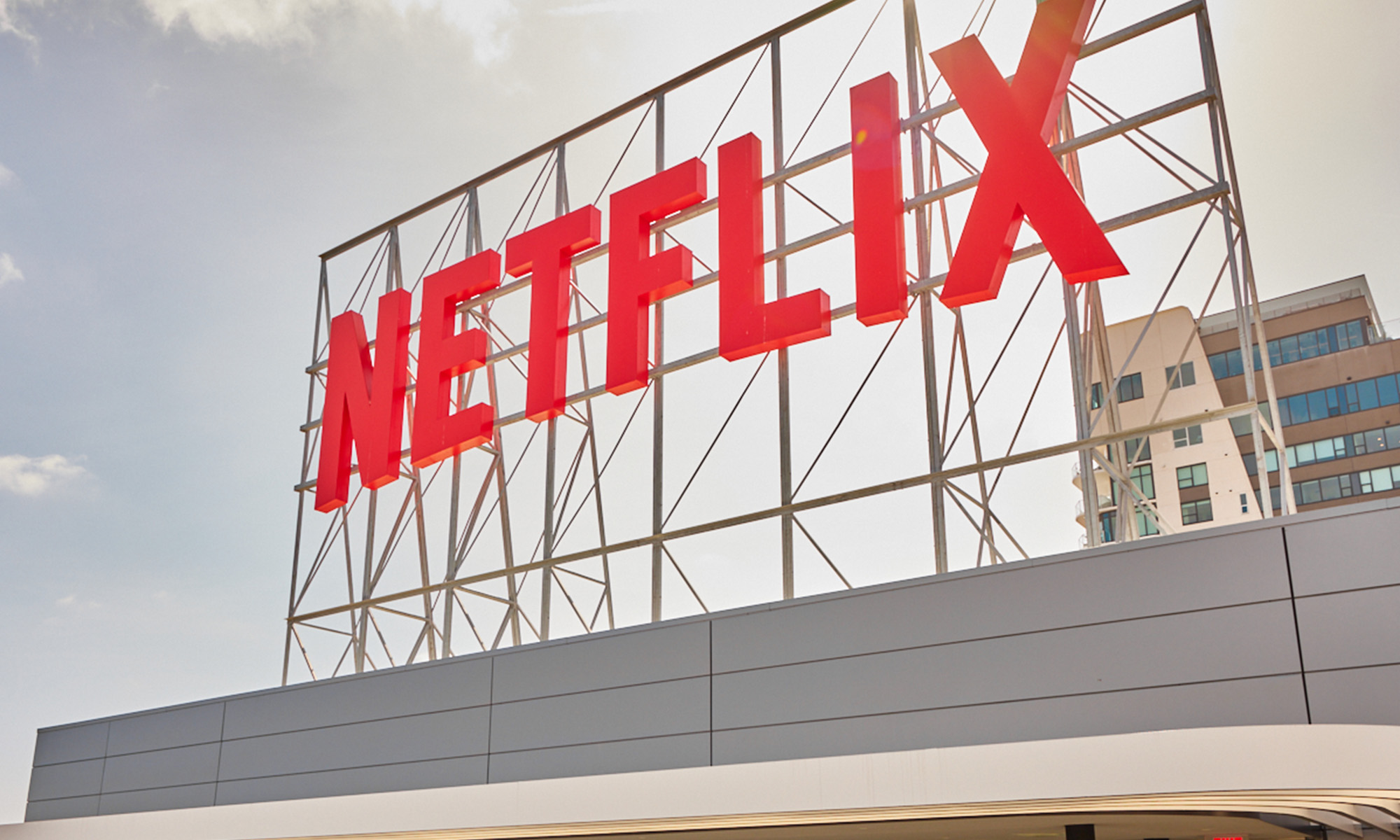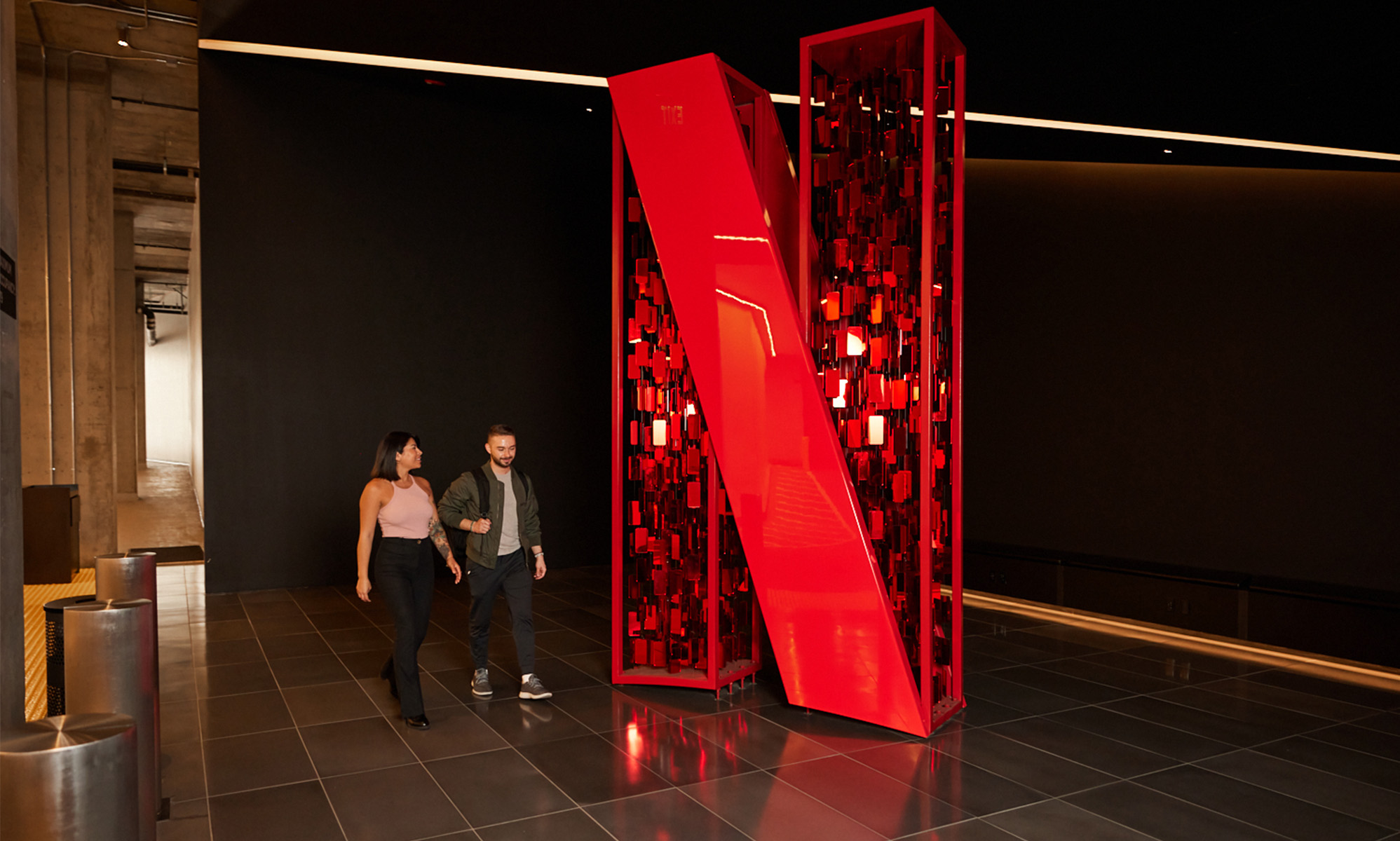
Image Source: Netflix
Netflix (NFLX +0.41%) hasn't had the easiest time raising prices. When it tried to split the company in two in 2011 with Qwikster, the company saw a huge backlash from customers. That quarter, it lost 810,000 domestic subscribers because of what was effectively a price increase. More recently, Netflix experienced significantly lower than expected net subscriber additions after a price increase went into effect for millions of Netflix subscribers during the second quarter.
But CFO David Wells isn't deterred. He still believes Netflix has room to increase its average sales price per subscriber as it adds more value and content to the service. Alternatives like Time Warner's (TWX +0.00%) HBO Now or CBS's (CBS +0.00%) Showtime and CBS All Access indicate there's still room to increase its pricing. Netflix still faces competitive pressure from lower-priced streaming services as well, though.
The two biggest things holding back pricing
Speaking at the Goldman Sachs' Communacopia conference, Wells told the audience that there are two main factors holding it back. The first is that many of its subscribers are anchored to a lower price. When Netflix introduced its streaming-only option in 2010 at $8 per month, its streaming library wasn't nearly as robust. Six years later, it's only charging $2 more per month for a significantly better service.
Still, Netflix was able to sign up millions of customers with a its $8 per month pricing, and those customers have become accustomed to getting the huge amount of value Netflix delivers for that price. When those customers saw their bill about to increase, they cancelled the service.
Wells indicates that those customers typically come back eventually. For typical customer cancellations, Netflix gets back one-third to one-half of them eventually. But with a big event like we saw with the price rise this summer, that number "tends to float up in the immediate after months."
The bigger factor holding back price increases is available alternatives like Amazon (AMZN +0.21%) Prime and Hulu, which both offer less expensive streaming options than Netflix. Subscribers can join Hulu for $8 per month if they're willing to sit through commercials, and Amazon recently started offering a stand-alone streaming option for Prime Instant Video priced at $9 per month.
Amazon in particular is putting a huge competitive pressure on Netflix since Prime Instant Video in and of itself doesn't need to make a profit. As long as it provides an on ramp for more customers to become Prime subscribers, Amazon will be able to make a profit from the increase in retail sales from Prime customers.
Executing the long-term goal
Where Netflix has had problems, as Wells admits, is in the execution of its price increases. 2011 was a mess, and this year was still worse than expected, although not as bad. Going forward, Netflix needs to keep getting better at how it manages its price increases in order to lower the number of subscribers leaving the service -- even if it's temporarily.
Even though subscriber churn was higher than expected when it raised prices earlier this year, Netflix still managed to increase its revenue 28% year over year in the second quarter. The stock was punished for its poor subscriber growth performance, but revenue growth is arguably more important. That's especially true if Netflix has confidence it will win most of those subscribers back over the next year.
With HBO and Showtime's over-the-top services priced at $15 and $11, respectively, there's plenty of room for Netflix to continue increasing its prices. For many, it delivers more value than either network, indicating that customers would be willing to pay more.
Indeed, a recent survey from DigitalSmiths found that about 70% of respondents would pay more for Netflix. 39% said they would pay $12 to $15 per month for the service, and 21% said they would pay even more than that.
If prices go up, customers might be unhappy, but they'll pay it. Netflix's job is to manage that balance.







